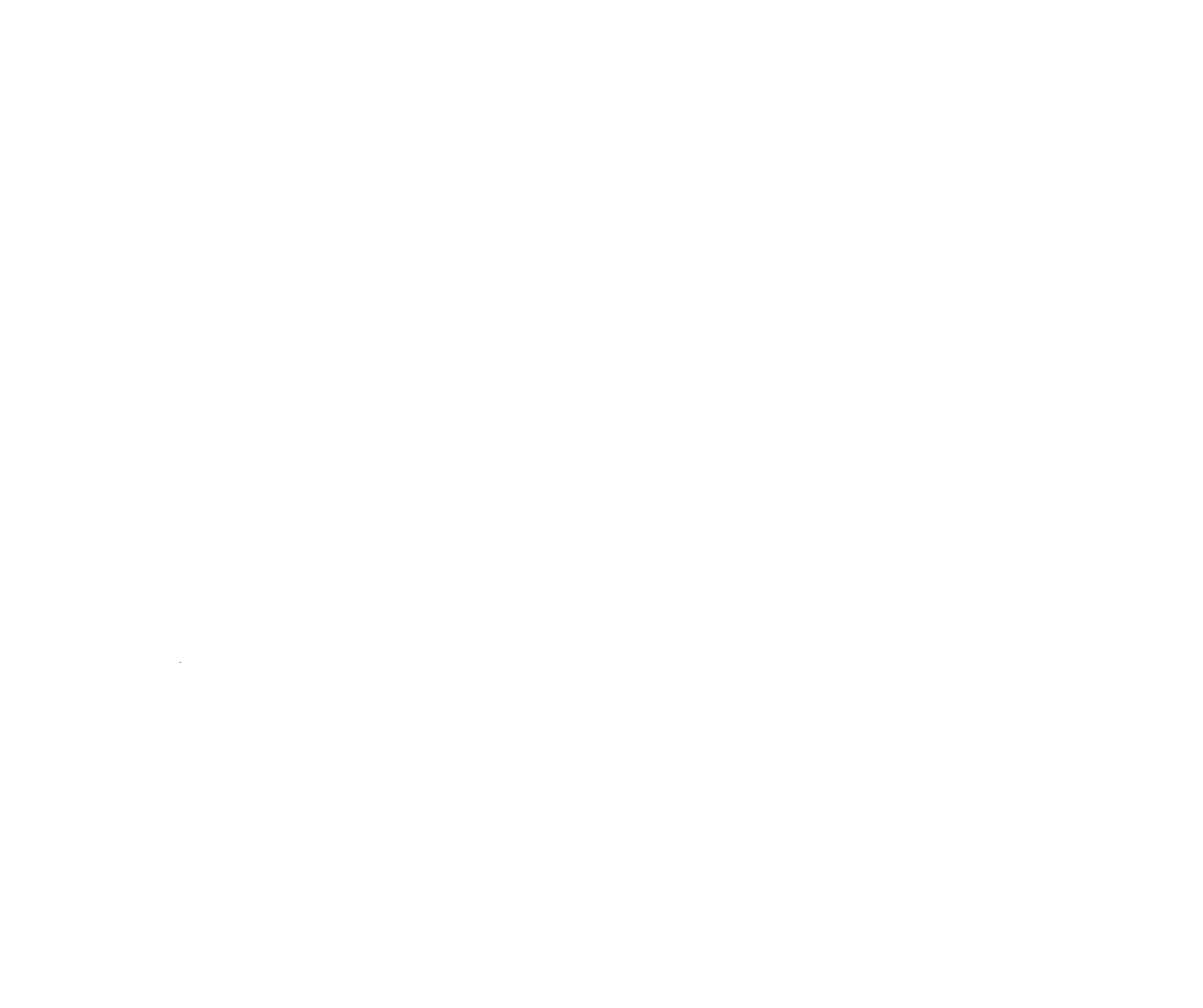
05 Dec Nooooo not a bunion!
DID MUM, DAD OR GRANDMA KINDLY PASS THE BUNION GENE ONTO YOU???
WANT TO KNOW YOUR OPTIONS??
A large influence in the development of Bunions (hallux abducto valgus) is genetics. Other factors leading to bunions and the worsening of bunions are – sub talar joint pronation forces occurring late in stance phase ( rolling in )
– a short 1st metatarsal
– ill fitting footwear
– high heeled footwear.
This is because all of these things place excessive stress on the 1st metatarsal phalangeal joint.
TREATMENT OF BUNION’S DEPENDS ON THE GOALS OF THE PATIENT.
Fix the pain??
Fit into more shoes??
Fix the aesthetics??
WHATS CAUSING MY PAIN??
For the majority of the time the number one source of pain of a bunion is a result of pressure on the prominence from tight fitting or shear causing footwear.
Many people often have no pain associated with their bunions if they can find footwear to accommodate the deformity.
If footwear pressure is excessive the result is often an inflamed red “bump” at the bunion prominence due to bursitis. The number one treatment here is to remove the pressure from footwear but RICE regime, anti-inflammatory medications may also assist with management. The other source of pain is from movement of the displaced joint and irritation to the ligamentous surrounding and the joint lining. Early onset osteoarthritis at the joint is common. In these cases the patient may very well respond well to prolotherapy, joint mobilisation, dry needling and intrinsic muscle exercises.
WHAT ABOUT SURGERY??
In my experience surgery is the only way to correct your bunions in terms of the visual misalignment. If you want to change the look and straighten the toe completely for example to fit into those shoes you can no longer wear than surgery is your best treatment option. Your podiatrist can refer you onto a suitable foot surgeon in your area.
FOOT ORTHOTICS FOR BUNIONS?
Foot orthotics are a recommended treatment options for bunions due to their ability to minimise forces at the associated joint. This can reduce symptoms of pain and slow the progression of the bunion development. If you have a mobile foot type, orthotics are highly recommended.
CAN I DO EXERCISES OR WEAR SPLINTS??
Exercises and splints can also be a good tool in slowing the progression and minimising pain associated with bunions. The foot type ( eg mobile or stiff) is a big factor in how successful these treatments are. We generally find stiffer feet respond better to these modalities although using splints on stiffer feet is often uncomfortable.
All above mentioned treatment options can be conducted by your podiatrist- prolotherapy, intrinsic muscle exercises, dry needling, orthotic therapy, splinting, mobilisation, referral for surgery.
If you would like a consultation to discuss your options with a podiatrist appointments can be made via our website, otherwise please phone 1300 776 055.
